If you’ve got a jar of tallow sitting in the pantry, chances are you’re saving it for cooking.
But did you know that this old-school fat is good for way more than this?
Before you use it for the usual, here are seven unexpected ways tallow can become a handy tool in your self-reliant life:
Homemade Tallow-Based Soap for Rugged Hands
Working with soil, wood, and livestock leaves your hands chapped, with cracked skin and dry knuckles that regular soap often makes worse. You can create your own tallow-based soap that cleans effectively while also moisturizing your skin.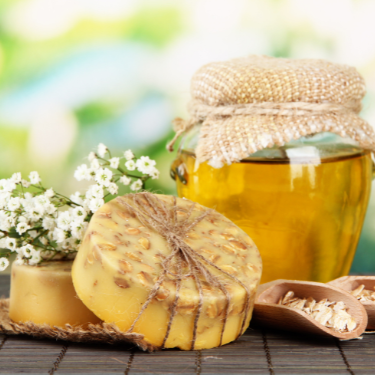
Tallow soap is exceptionally good for hardworking hands because its fatty acid composition is similar to your own, allowing it to clean without stripping away your skin’s natural protective oils.
In contrast, many store-bought soap bars use harsh detergents that can lead to greater dryness and irritation. The process of making a small batch is straightforward.
It involves carefully combining rendered tallow with a lye-water solution, which triggers a chemical reaction called saponification. After pouring the mixture into a mold and allowing it to cure, you are left with a hard, long-lasting bar of soap that soothes and protects your hands.
If you’re dealing with eczema, rashes, or sensitive skin, you can also incorporate tallow into this honey oat soap for even gentler, more nourishing results. The oats help calm inflammation, while raw honey draws in moisture and supports healing. And when you blend that with skin-loving tallow, you get a bar that soothes without irritation. It’s especially helpful if your hands crack in the winter or react badly to commercial soaps.
➡️ Here’s how to make your own honey oat soap for skin rashes at home
Tallow as a Leather Conditioner for Boots and Harnesses
Your leather gear, from work boots to animal harnesses, takes a beating from moisture and constant use. To preserve these essential items, you can use tallow as a highly effective leather conditioner.
It serves as a natural waterproofing alternative, creating a barrier that repels water and mud. Unlike many commercial leather creams that contain petroleum products and synthetic chemicals, tallow is a single, pure ingredient you produce yourself.
Applying a light coat of warmed tallow to your boots and allowing it to soak in revitalizes dry, stiff leather and prevents cracks from forming.
This simple action directly extends the life of your most critical gear, ensuring it remains pliable and strong through seasons of hard work.
Tallow Wood Balm for Squeaky Hinges and Garden Tools
That squeaky gate hinge or the stiff joint on your favorite pair of pruning shears can be a constant annoyance. Instead of reaching for a commercial lubricant, you can use tallow to silence squeaks and protect your metal tools.
Applying a thin layer of tallow to metal surfaces creates a barrier that prevents rust and corrosion from taking hold. The fat works its way into the moving parts of your pruners, shears, and axe heads, ensuring a smooth, reliable action every time you use them.
For an enhanced balm, you can gently warm the tallow and infuse it with herbs like rosemary or lavender. To do this, simply let the herbs steep in the warm tallow for an hour before straining them out.
This not only adds a pleasant scent but can also contribute additional antimicrobial properties to your multi-purpose balm.
Tallow Candle Wax for Emergency Lighting
When a storm knocks out the power, having a reliable light source is essential. You can use your stored tallow to create effective candles for emergency lighting, ensuring you are never left in the dark.
Tallow candles offer distinct advantages over common paraffin wax candles, which are a petroleum byproduct and can release soot as they burn. Because you render tallow yourself, you control the purity of your fuel source, and it provides a slow, steady burn.
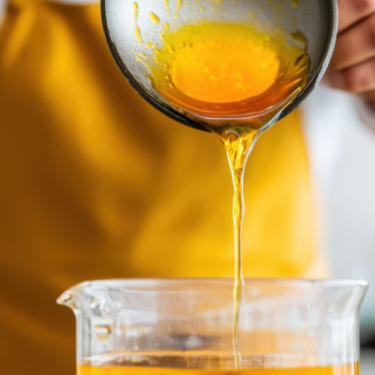
To personalize your candles, you can add scents using materials from your own land. By infusing the warm tallow with foraged pine needles, dried sage, or mint, you can create a pleasant aroma.
For example, if you’ve already got tallow on hand for emergencies, why not use a bit of it for something a little more soothing too? Blend in some calming herbs like lavender, chamomile, or lemon balm, and you can turn that same slow-burning tallow into DIY stress relief candles, perfect for winding down after a long day or keeping a clear head when things get tense. Here’s how to make them step by step.
A key consideration, particularly if you live in a hot climate, is proper storage. You need to keep your finished tallow candles in a cool, dark location, such as a root cellar or the bottom of a pantry, to ensure they remain solid and ready for use.
Tallow-Coated Eggs for No-Fridge Preservation
Here’s a weird but proven trick: rub a very thin layer of tallow over fresh, unwashed eggs. This seals the pores and slows down oxygen exchange, allowing them to be stored at room temperature for weeks or even months. It’s an old preservation hack used before iceboxes were common.
Of course, coating eggs in tallow is just scratching the surface. The Amish have several other time-tested ways to store eggs without refrigeration, some of which sound downright strange until you realize just how well they work. I came across a few of them recently, like packing eggs in salt to draw out moisture and keep bacteria at bay, or even turning them into a kind of shelf-stable jerky that will keep them fresh for at least 2 years without refrigeration. I’ll admit, I had to read that part twice. But sure enough, it’s a real thing. If you’re curious about old-school methods like that, the book I found them in is a goldmine. Here is the link for it.
Waterproof Fire Starters
Mix melted tallow with sawdust, shredded cotton, or even dryer lint, then stuff the mixture into cardboard egg cartons or roll it into paper. Once cooled, each piece becomes a reliable, waterproof fire starter.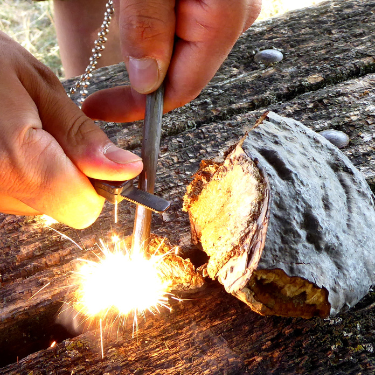
Great for woodstoves, campfires, or emergency kits, especially in damp conditions where dry kindling is scarce.
Of course, it never hurts to have a backup, especially one straight from the forest floor. Often called nature’s gasoline, this wood is packed with natural resin that lights fast and burns hot, even when wet. It’s a smart companion to your homemade tallow starters, and a must-have for any serious fire kit.
➡️ How to Make The Self-Feeding Fire That Can Burn For 14 Hours Straight
Tallow Lubricant for Metal-on-Metal Grinding
For your off-grid mechanical setups, finding a safe and effective lubricant is key to keeping them running smoothly.
You can use tallow to reduce friction on any equipment with metal-on-metal grinding parts, from the gears of a manual grain mill to the moving joints on farm implements.
Because tallow is a food-safe fat, it is an ideal choice for machinery that processes food, eliminating the risk of contamination from petroleum-based greases. It provides a reliable lubricating film that protects the metal components from premature wear.
To create an even more effective and durable grease, you can improve its performance by adding a small amount of beeswax.
Simply melt the tallow with some beeswax, and the resulting mixture will be stickier and more resistant to heat and pressure. This enhanced lubricant stays in place longer, providing lasting protection for your most essential hand-cranked tools.
Natural Flypaper or Pest Trap Base Using Tallow
Pests like barn flies, ants, and mites are a constant challenge in and around your animal housing. You can create a simple and effective pest trap using tallow as a safe, non-toxic base.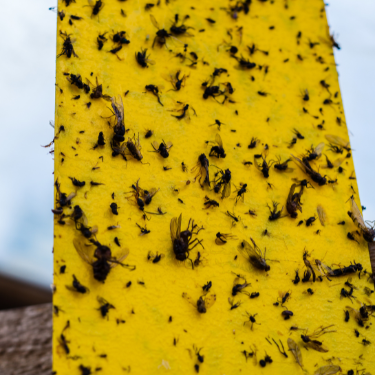
By itself, tallow isn’t sticky enough to trap insects, so you need to mix it with a sticky substance like molasses or honey to create the right consistency.
This mixture can then be spread onto a piece of cardboard or a strip of wood. When you hang these strips inside your chicken coop, barn, or animal stalls, they work just like commercial flypaper.
The key benefit of this method is its safety. Since the trap contains no chemical pesticides, you can place it directly where the pests are most active without any risk to your chickens, goats, or other livestock. It is a practical way to manage nuisance insects using resources you already have. If you want to find more DIY pest trap ideas that ACTUALLY work, you can learn how to make them right here.
Homemade Oilcloth (Waterproof Fabric)
Old-timers used to make waterproof cloths by rubbing them with tallow. You can replicate this by rubbing melted tallow into tightly woven cotton or canvas and then gently heating it to help the fat absorb.
The result? A semi-waterproof tarp or food wrap—ideal for wrapping tools, game meat, or protecting gear from rain.
Tallow Salve for Cuts, Burns, and Skin Irritations
Tallow isn’t just good for soap—it makes an excellent base for healing salves thanks to its deeply nourishing and skin-compatible fat profile. You can combine tallow with herbs like calendula, yarrow, or plantain to create a powerful topical remedy for minor wounds, insect bites, and burns.
The process is straightforward: gently infuse the herbs into melted tallow over low heat for about an hour, then strain and pour the mixture into a small jar. Once cooled, it firms up into a spreadable salve. This kind of homemade remedy is shelf-stable and perfect for keeping in your first aid kit or barn medicine box.
➡️How to Make Nature’s Betadine
Garden Tool Handle Sealant & Wood Preserver
The wooden handles on your shovels, axes, and hoes are prone to splintering and rot if you leave them unprotected from the elements. You can use tallow as a simple and effective sealant to preserve these handles, extending the life of your most-used tools.=
The fat penetrates deep into the wood grain, protecting it from the inside out against moisture damage that causes wood to swell and crack. In humid climates, this can be a better option than linseed oil, which can sometimes remain sticky and encourage mildew.
The application process requires minimal tools. To seal a handle, you simply warm the tallow until it is soft, rub a generous coat into the bare wood with a clean cloth, and let it absorb for an hour. After it soaks in, you wipe away the excess, leaving a smooth, water-resistant finish that feels solid in your hand.
Tallow-Soaked Fabric as a Cold Weather Mask
Before fleece balaclavas or N95s, travelers soaked cloth in a tallow-beeswax mix, let it dry stiff, then wore it over their nose and mouth. It blocked wind, trapped heat, and even offered a crude level of dust filtration. Not really stylish, but if you were driving cattle across a frozen prairie, you’d take what you could get.
So, which use are you going to try first?
Why You Should Pour Tallow Over Cornmeal
The 10 Wild Foods That Saved Me When I Was Homeless (Video)
How To Make Long-Lasting Tallow For Survival

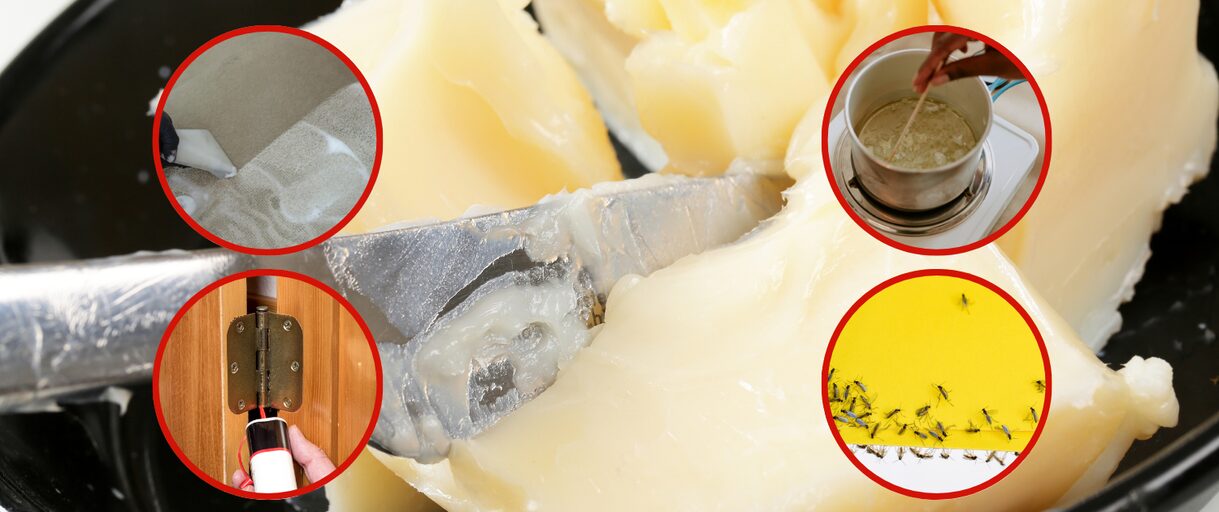
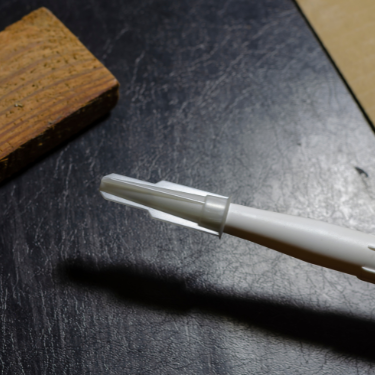





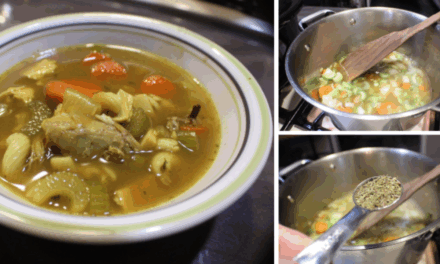







I haven’t studied the difference between bacon drippings and tallow. I’ve been accumulaing bacon drippings, which I wash with water, chill, and scrape off the less dense top — the fat/bacon grease. I’ve used it to make fire starters, and as a lubricant. I’ve started using it on my knife sharpening stones and was amazed at the improvement in sharpening efficiency. I’m getting a layer of oil on top of the solidified fat, wtih a little left-over water at the bottom.